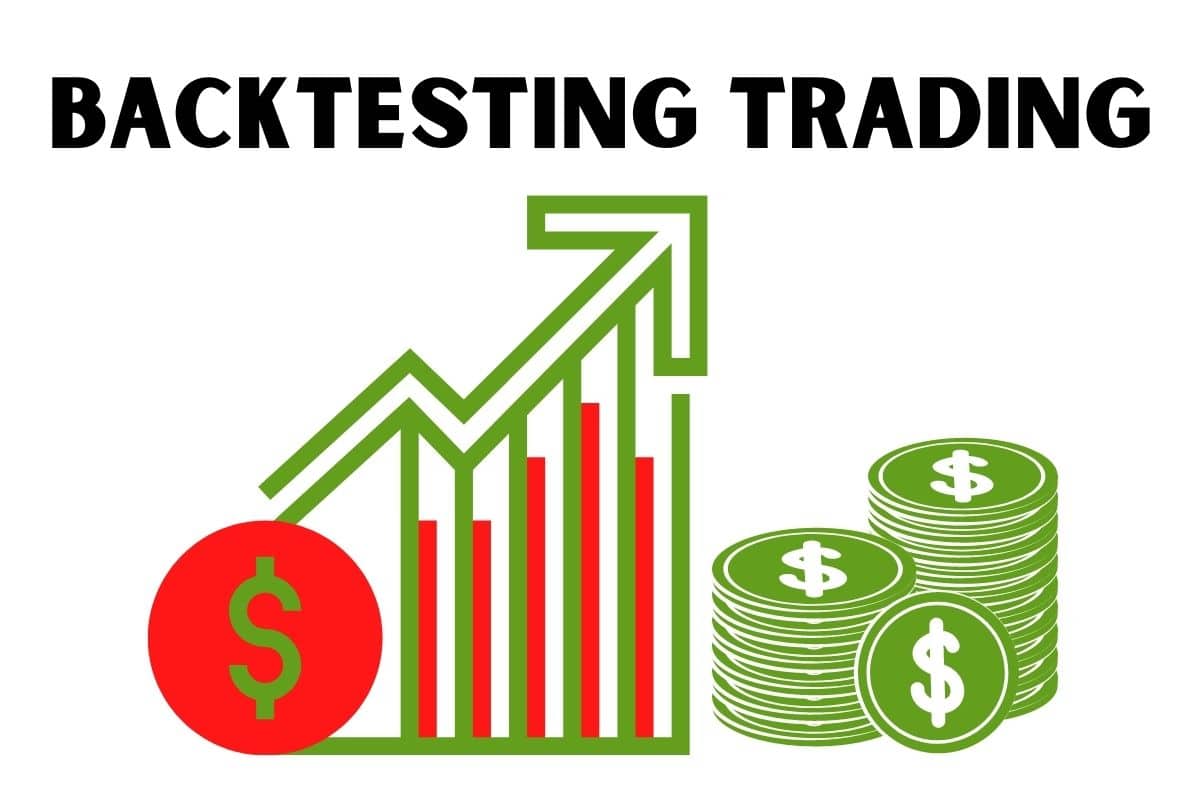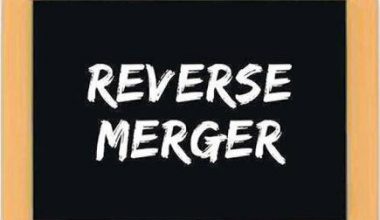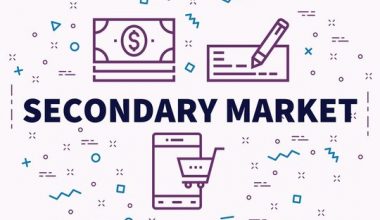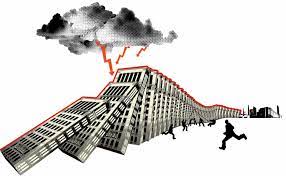What is Backtesting?
Backtesting is the general method to see how well an ex-post strategy or model would work. Backtesting assesses the viability of a trading strategy by discovering how it would develop using historical data. If backtesting works, marketers and analysts can be sure to use it in the future.
The Basics of Backtesting
Backtesting allows a trader to simulate a trading strategy using historical data to generate results and analyze risk and return before risking real capital.
A well-run test with positive results assures marketers that the strategy is fundamentally sound and is likely to be profitable when actually implemented. A well-run test with unsatisfactory results will push marketers to change or reject the strategy. Particularly complex trading strategies, such as those used by automated trading systems, rely heavily on testing to prove their value, as they are too fun to evaluate differently.
Once a business idea can be quantified, it can be retested. Some marketers and investors may seek the expertise of a qualified developer to develop the idea into a trial format. Usually this includes a developer coding the idea in the proprietary language hosted by the trading platform. The programmer can incorporate user-defined input variables that allow the merchant to “modify” the system.
An example of this would be in the simple moving average crossover system mentioned above. The merchant could enter (or change) the lengths of the two animations used in the system. The trader could try again to determine which moving average lengths would perform the best on the historical data.
Why Backtesting Matter
Backtesting offers analysts, traders, and inverters a form of evaluating and optimizing their commercial strategies and analytical models before implementation. The idea is that a strategy that would have worked poorly in the past will probably work poorly in the future, and vice versa. As you can see, part of the backtesting key is the arithmetic assumption that the front desperation predates future desperation.
How Backtesting Works
The ideal backtest selects data samples from a relevant time period of a duration that reflects a variety of market conditions. In this way, you can better judge whether the backtest results represent a failure or a good deal.
The historical data set should include a truly representative sample of stocks, including companies that eventually went bankrupt or were sold or liquidated. The alternative, which includes only historical inventory data that still exists today, will produce artificially high backtesting returns.
A backtest must take into account all trading costs, no matter how insignificant, as they can increase during the testing period and drastically affect the profitability of a strategy. Merchants should ensure that their trial software matches these costs.
Out-of-sample testing and advanced performance testing provide additional confirmation of a system’s effectiveness and can show the true colors of a system before actual cash is available.
A good correlation between out-of-sample performance test results and future performance is vital in determining the viability of a commercial system.
Rules for Backtesting of Trading Strategies
There are many factors to consider when traders attempt trading strategies. The following is a list of the most important things to keep in mind when testing:
- Consider the general market trends
- Consider the universe in which the test was performed
- Measures of variability are extremely important to consider when developing a trading system
- The average number of bars held is also very important to monitor the development of a trading system
- Exposure is a double-edged sword
- Annual performance is used as a tool to evaluate the performance of a system against other investment sites
- Backtesting can sometimes lead to what is known as over-optimization
- Backtesting is not always the most accurate way to measure the effectiveness of a given trading system
- It is important not only to look at the overall annual return but also to consider the increase or decrease in risk.
Who Uses Backtesting?
All can be done with a proper backtest. Without embargo, institutional reversals and other dinosaur administrators realize retrospective trials. Backtesting uses data that can be used to obtain costs and require complete models.
Institutional companies and inversion companies have the human capital and financial need to use test models in their commercial strategies. With large sums of money in the game, the institutional inverses of the mind must follow and intentionally evaluate the risk.
People also search for BAD CREDIT: Definitions, Examples & Penalties
Backtesting vs. Forward Performance
Forward performance monitoring, also known as paper trading, provides traders with another out-of-sample data set to evaluate a system. It is a simulation of real transactions and involves monitoring the logic of the system in a live market.
Forward performance monitoring is called paper trading since all transactions are done on paper only. That is, trade entries and exits are documented along with any gains or losses in the system, but no actual transactions are made.
An important aspect of promoting performance testing is exactly following the logic of the system. Otherwise, it is difficult, if not impossible, to accurately assess this step in the process.
Traders should be honest about inbound and outbound trades and avoid behaviors such as cherry-picking trades or not including paper trades that rationalize that “I would never have received this trade” if the trade had gone through. According to the logic of the system, it must be documented and evaluated.
The Difference Between Backtesting and Scenario Analysis
While backtesting uses real historical data to test suitability or success, scenario analysis uses hypothetical data that simulate various possible outcomes. For example, scenario analysis would simulate specific changes in portfolio securities values or key factors that occur, such as a change in interest rates.
Scenario analysis is commonly used to estimate changes in the value of a portfolio in response to an adverse event and can be used to examine the theoretical worst-case scenario.
Disadvantages of Backsettings
In order for backtesting to deliver effective results, marketers need to develop their strategies and try them in good faith, avoiding as much bias as possible. This means that the strategy must be developed without relying on the data used in backtesting.
This is more difficult than it sounds. Traders generally create strategies based on historical data. They must be strict when testing on datasets that are different from those trained by their models. Otherwise, the backtest will have excellent results that mean nothing.
Similarly, traders should also avoid data dredging, in which they try a wide range of hypothetical strategies against the same data set, and they will also produce real-time market failures because there are many invalid strategies to overcome. on the market over a period of time. randomly specified time period.
One way to offset the tendency for data dredging or selective selection is to use a strategy that is successful in the relevant time period or within the sample and test data from a different time period or outside the sample. If the in-sample and out-of-sample backtest give similar results, then it is probably generally valid.
Conclusion
Backtesting is one of the most important aspects of developing a trading system. If created and interpreted correctly, it can help marketers optimize and improve their strategies, find technical or theoretical flaws, and gain confidence in their strategy before applying it to real-world markets.






